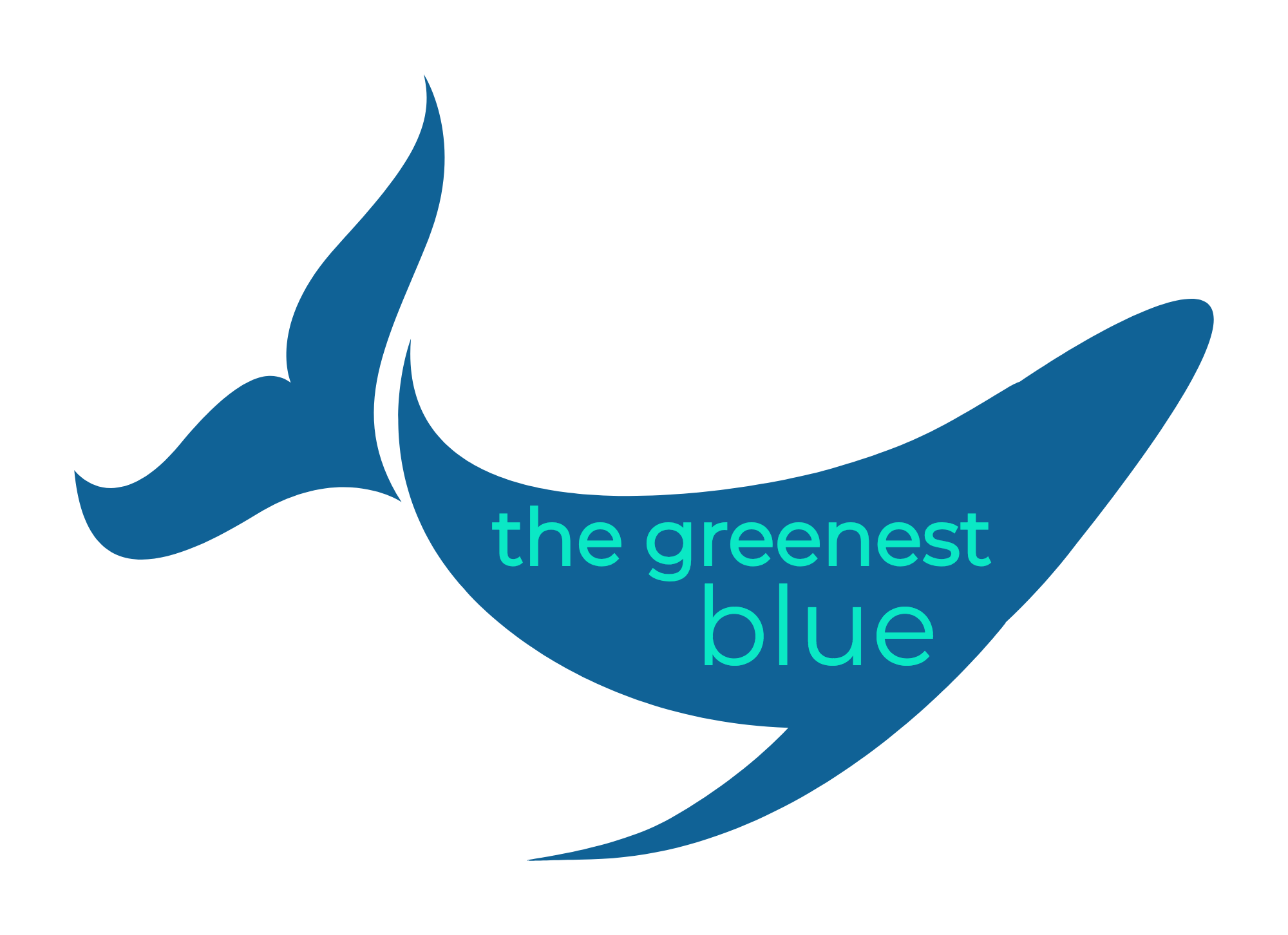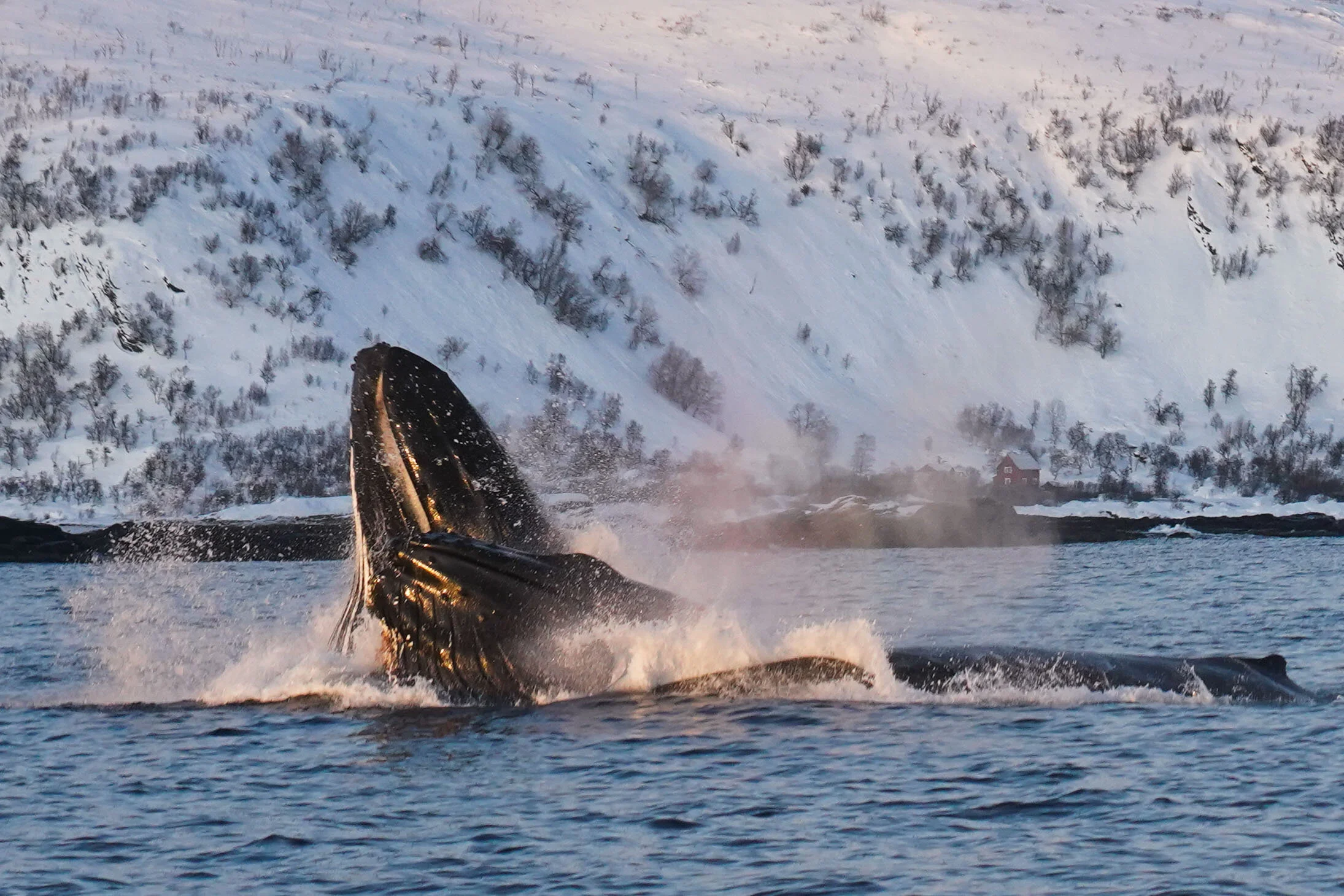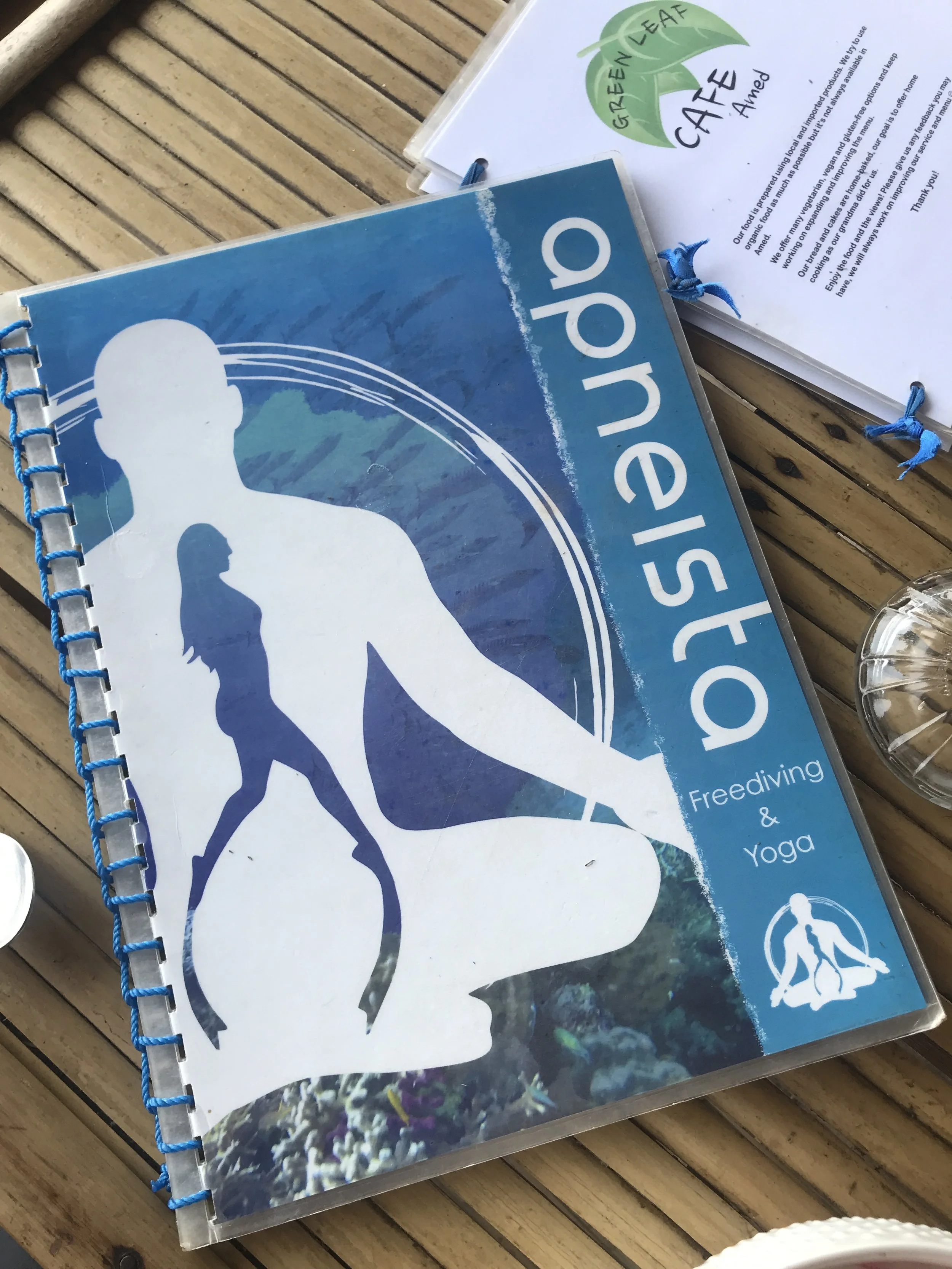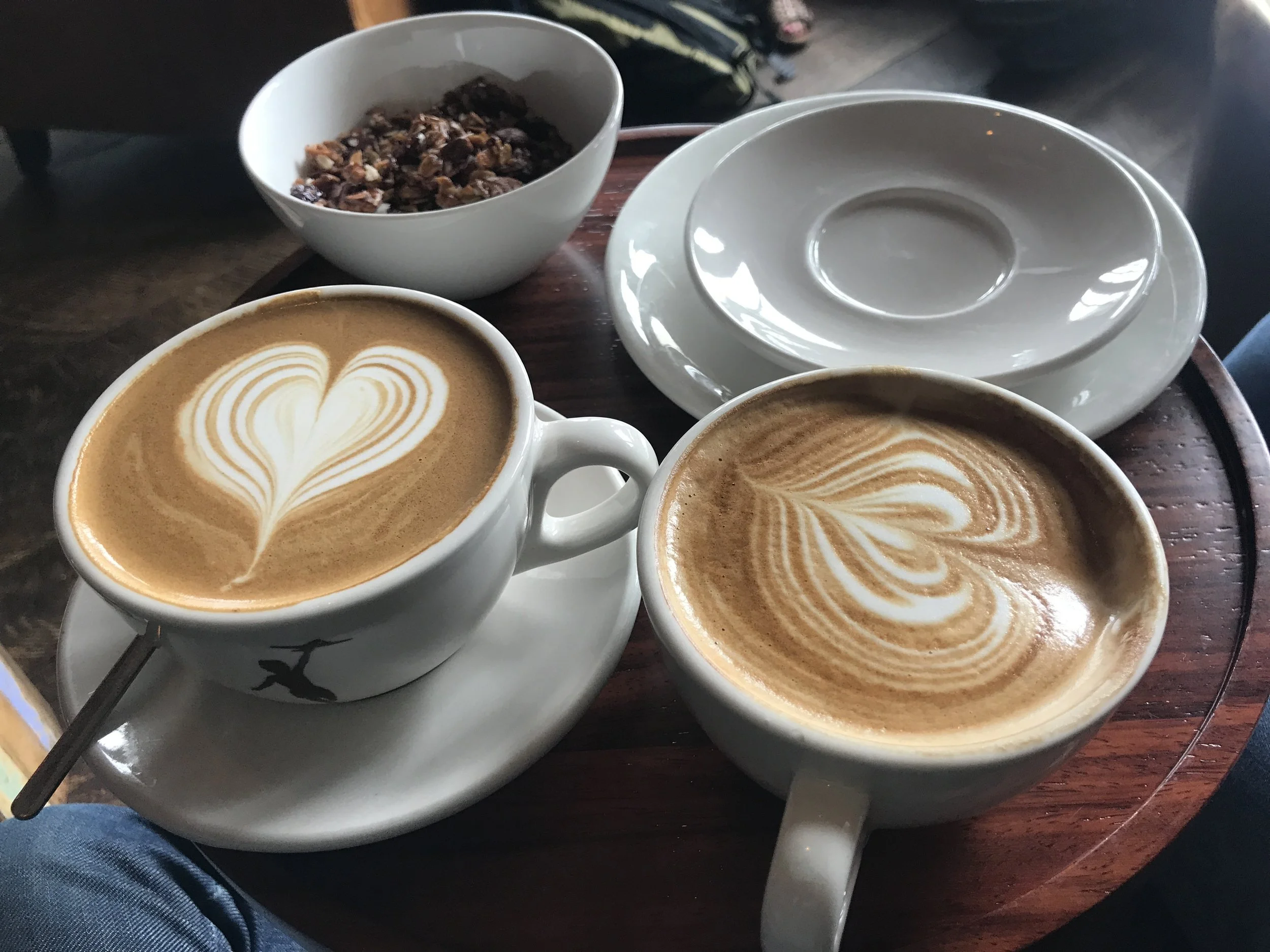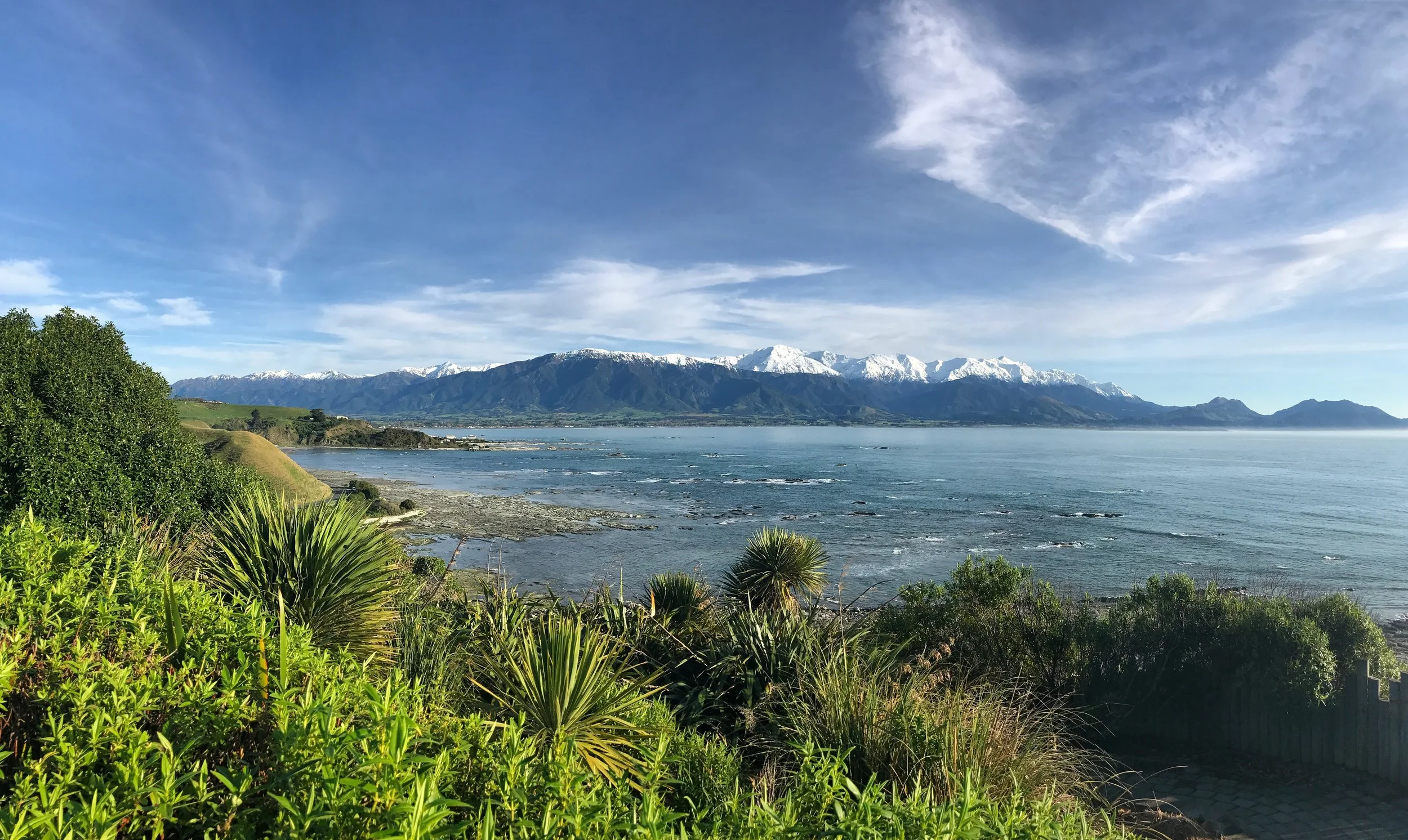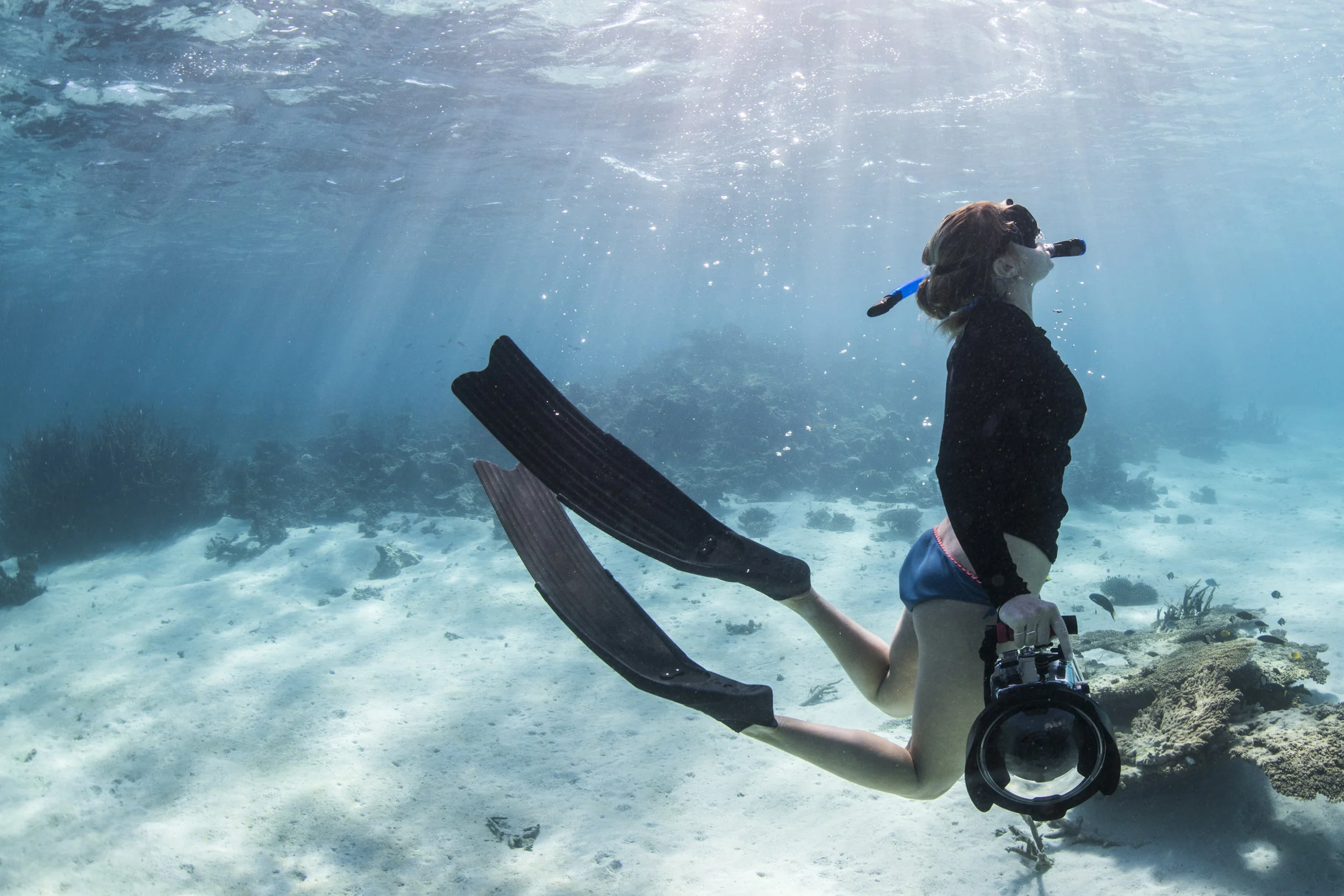Luke is an amazing friend. We met thanks to our mutual use of Facebook marketplace and Sony camera systems, and immediately clicked with our passions for content creation and nature. I fondly remember our first meeting at the Salty Fox coffee shop across from the Friday Harbor Ferry Terminal, oat milk lattes and bright summer sun lighting up the conversation and the streets. I don’t want to give away too much of Luke’s story (he’s going to share it down below), but what I will do is warn you to prepare yourselves to be blown away by the beauty of his photographs. He specializes in landscape photography, mainly of the North Cascades. San Juan Island residents are blessed to have this national park essentially in their park yard, and in my opinion its one of the hidden gems of our national park system in the U.S. A bit removed and not as easily accessed as the others, I think it provides every bit of the magic and breathtaking alpine views of the more popular Glacier, Ranier, and Olympic National Parks without the gawking crowds.
Read MoreThe crazy cool thing about snorkeling in Hawaii is that about 25 percent of the fish you can see out here are endemic to the islands. You won’t see them anywhere else! There are very few places in the world where you can find a comparable number of unique fish species. Why is that? The Hawaiian Islands (which are actually the tops of an underwater mountain range) are separated from all other underwater mountain ranges by a distance of more than 1,000 miles, far greater than the distances between any other Pacific islands and their neighbors. This massive distance between Hawaii and other island chains is what paved the way for the emergence of many new species. Isolation encourages endemism because the fish populations are much smaller and more localized, and therefore are more easily affected by genetic changes. Two examples of endemic fishes are the Milletseed Butterflyfish and the Saddle Wrasse - they are super abundant down here, and a probable reason for that abundance is that they are the most perfectly adapted to the local ocean conditions, in comparison to non-endemic fish.
Read MoreA few weeks ago, I was able to participate in a really interesting writing workshop focusing on the co-recovery of orca and salmon. This workshop was born from a collaboration between the Endangered Species Coalition and Creature Conserve – two amazing organizations that I’ll talk more about later – and was the second in a series of events on the theme of integrating science and art for conservation. When the invitation email popped up in my inbox, it was a no-brainer to accept.
Read MoreI left Idaho for the San Juan Islands in July, mainly to help a friend out by dog-sitting for her while she and her partner went out sailing on the weekends. There was a large part of me that also wanted to be back in one of my favorite places in the world, surrounded by people whose values align a little bit more strongly with my own. Northern Idaho is beautiful, but I missed the ocean. The dog-sitting arrangement gave me a purpose and a reason to leave Idaho; the people, the summer, the whales, the air (as ocean air always does) gave me a reason to stay.
Read MoreI had the privilege of chatting with the wonderful Sarah McCullagh, who has been in my life since the spring of 2016 when she chatted on the phone with me to interview me for my second naturalist position, up in the Pacific Northwest. Sarah is one of the most passionate, well-spoken, and understanding advocates for the Southern Resident Killer Whales and marine ecosystem in general that I have ever met, and I’ve been so appreciative of all the time I’ve had to learn from her. She’s one of those wildly intelligent gals who knows each of the Southern Residents by sight and can launch into detailed explanations of each of their life histories instantly. I admire that passion so much.
Read MoreThat brings me to introduce the beautiful Colinda. I met this firecracker of a woman from the Netherlands through a mutual friend from Maui who just knew we’d get along, since we “both absolutely adore whales!” Never one to turn down a chance to connect with a similar spirit, I jumped at the chance to meet her. Now that we’ve been friends for a while, I can confirm that Colinda has some amazing stories to tell.
So without further ado, please read on to hear how a passionate nature lover from the Netherlands grew into her role as a project leader for the National State Forest and developed a love for marine life. She’s also an incredible photographer, as you’ll see! All the photos from this post are her own.
So without further ado, please read on to hear how a passionate nature lover from the Netherlands grew into her role as a project leader for the National State Forest and developed a love for marine life.
Read MoreAnd a very Happy 50th Earth Day to you! If you’re like me, you might be missing that wild and uninhibited feeling of being in your favorite national/state/local park or other wild space that you love right now (thanks to the Rona-coaster). Maybe you’re instead focused on enjoying the view out your window, looking through posts from your old travel blog, or simply relishing the smell of spring blossoms on your evening walk around the block.
Read MoreI know that whale watching in a lot of my previous workplaces has stopped due to travel bans and lockdowns. No whale watching in Maui, the San Juan Islands, Kaikoura…and probably most places around the world. That is wild. This has never happened. And while the circumstances that led to this shutdown are extremely unfortunate, I can’t help but wonder…what are the marine mammals all over the world doing right now?? Nobody’s really watching them!
Read MoreI knew what field I wanted to work in (marine tourism) and did some research with contacts and friends who had traveled NZ before, eventually deciding I wanted to try and work in Kaikoura. It was touted as the marine mammal hotspot of the country, and my good friend Fi (who I actually had never met in person until moving to NZ) was working there. It seemed perfect!
Applications were sent. Bank accounts were opened. Cars were purchased. A room was rented. Interviews were had. And then, there I was, employed as a dolphin swim guide in this beautiful little seaside town. The company I worked for is Dolphin Encounter Kaikoura, the only dolphin swim company in Kaikoura and arguably one of the most well-organized operations. I might be biased, but I think Kaikoura is the place to swim with wild dolphins. See why I believe it’s ethical here!
Read MoreAs a traveler, we have an immense responsibility. Jet-setting or road-tripping (or cycling, walking, running, horseback riding, etc.) to see the world is a beautiful gift, and we really shouldn’t take it lightly. Just as we try to “greenify” our lives back home, we can try to spruce up our travel game to be a bit more self-sufficient and leave less of a consumerist trail in our wake.
Read MoreWhat does the term freediving bring to mind for you? Diving without scuba tanks? Spearfishing? Long breath holds? Insanity? For me, it was mainly just a talent I admired of other people when I saw them diving down to look at an octopus or a moray eel in Molokini Crater for extended periods of time.
Read MoreA Post To Perk You UP About Fighting for Conservation
I’m sure many of you, like me, have been experiencing the ebb and flow of enthusiasm/motivation and helplessness/anxiety over the conservation of our natural environment. The articles/news/research findings are bombarding us - always - and they should, because we need to be aware of the issues and the science. The emotions we attach to the media, however, are brought about by our own projections. I associate so much doom and gloom with everything I hear about climate change and ecosystem destruction, I can’t help it. But what if I stepped away from that and chose to see things differently? What if this perceived negativity could be transformed into a positive source of motivation?
Read MoreDo something today that scares you.
I'm sure you've heard a similar quote before. Eleanor Roosevelt said it: "Do one thing every day that scares you."
So what's the connection between this challenge and environmental activism? Look, going green can be scary. It means changing habits that you've grown up with. It means politely talking to your parents and grandparents about a new way of life you've adopted that doesn't necessarily mesh with their viewpoints. It means going against the grain more often than not. It means being adaptive, open-minded, and vulnerable to change. That's scary. And it's hard. I recognize and respect that, because I muddle through these changes every single day. I stumble a lot. I fall. I get up.
Read MoreWeek number 2 brings a bit of a different challenge, and one that became more and more relevant for me after I became hyper-aware of plastic waste and poor environmental practices in restaurants and other businesses. The challenge: speak up about a possible improvement that you think one of your favorite restaurants can make in terms of its plastic use. You know those places you go to eat, the ones you adore with delicious food that you can’t get anywhere else and that give you the warm fuzzies because it’s familiar and it’s the bestest…but that also produce horrendous amounts of waste? I experienced that in Coeur d’Alene this past week at the Fish Market. My family loves this place. AMAZING fish tacos. But EVERYTHING served with single-use plastic sauce tubs, plastic cutlery, and beers on tap are even served in plastic pint cups. WHAT. WHY. GET A DISHWASHER. Give someone a job in the community and stop producing so much waste!
Read MoreI wrote a post not too long ago about the challenges of being an optimistic environmentalist. The struggle is real. Very, very real. I’m sure many of you have seen National Geographic’s latest magazine cover depicting a plastic bag looming up from the ocean like an iceberg with the title “Planet or Plastic?” This particular issue is just the start of the magazine’s multiyear plan to bring awareness to our planet’s plastic overload crisis. At first glance, it’s heart wrenching - another reminder of the doom and gloom and challenges ahead of us. But once I read the article and absorbed the painful facts, the scary stats, and the troubling photographs, I felt a little rush of excitement. Do we even know how many people are going to be exposed to this crisis as a result of this publication, people that may never even have thought about it seriously and now would? National Geographic has always been a magazine that has sparked controversial conversations, and this particular cover has been dubbed “one for the ages.” People are going to be talking. People are going to be freaked out. And that’s good.
Read MoreFi came to Kaikoura about four years ago. She's originally from the U.K. but moved to Oceania to research common dolphins in Auckland and humpbacks in Australia after completing her undergraduate degree in wildlife photography. As fate would have it, a friend connected Fi with Dolphin Encounter and she found herself in Kaikoura working as a dolphin swim guide and photographer.
Read More"Your life looks so cool, do you just travel all the time? How do you fund this? I'm so jealous!"
My life might look glamorous to those from the outside. Many people use social media to paint the best and most exciting version of themselves. I try and use it to highlight beautiful things I've seen, the positive feelings I'm having, or the people I'm meeting, and naturally skim over the lows and challenges I face internally. It's easy to overlook the day-to-day struggles when you're living in some of the most beautiful parts of the world.
Read MoreIt seems like you hear all sorts of negative, terrifying, inside-squeezing statistics and study results about the dying marine ecosystems around the world these days and how humans are just destroying all things beautiful in the natural world. It's like someone has gone and painted black streaks over the vibrant blues and greens of the sea of my mind. Sometimes it gets to be too much. There are days when it causes me to panic, and fret, and feel depressed about why I am living in this time period and not one hundred, or even fifty, years ago, when the marine world might have been a lot more pristine. Or at the very least, why couldn't I have paid more attention when I was snorkeling in Cabo and Hawai'i fifteen years ago, or the Great Barrier Reef five years ago, before the bleaching epidemics stripped so many of the reefs of their vitality? Why did I have to start falling in love with the underwater world right as we realize how badly it's hurting?
Read MoreThe ocean is full of incredible creatures, many of which the average person will never lay eyes on in their lifetime. Although about 40% of humans live within 100 km of the coast, there's still plenty of us who spend our days without seeing, or thinking about, the big blue. It's easy to feel disconnected from something that we simply don't see every day. Is this why the ocean's health often slips from the list of factors that affect our day-to-day lifestyle choices? In my perfect world, the health of the sea would be at the forefront of everyone's mind when they make any decision that involves sustainability and conservation. But it's not always so. Not everyone can live by the ocean. Not everyone wants to live by the ocean. Not everyone realizes that our health and wellbeing is intimately tied to the wellbeing of the sea. This is why it is important to give reminders of why the ocean is an incredible gift — not to mention essential for our survival as a species — and why it deserves respect and protection.
Read More